The MEGA Omega
This is my over the top, no expenses spared, everything and the kitchen sink build of an Omega Home Computer.
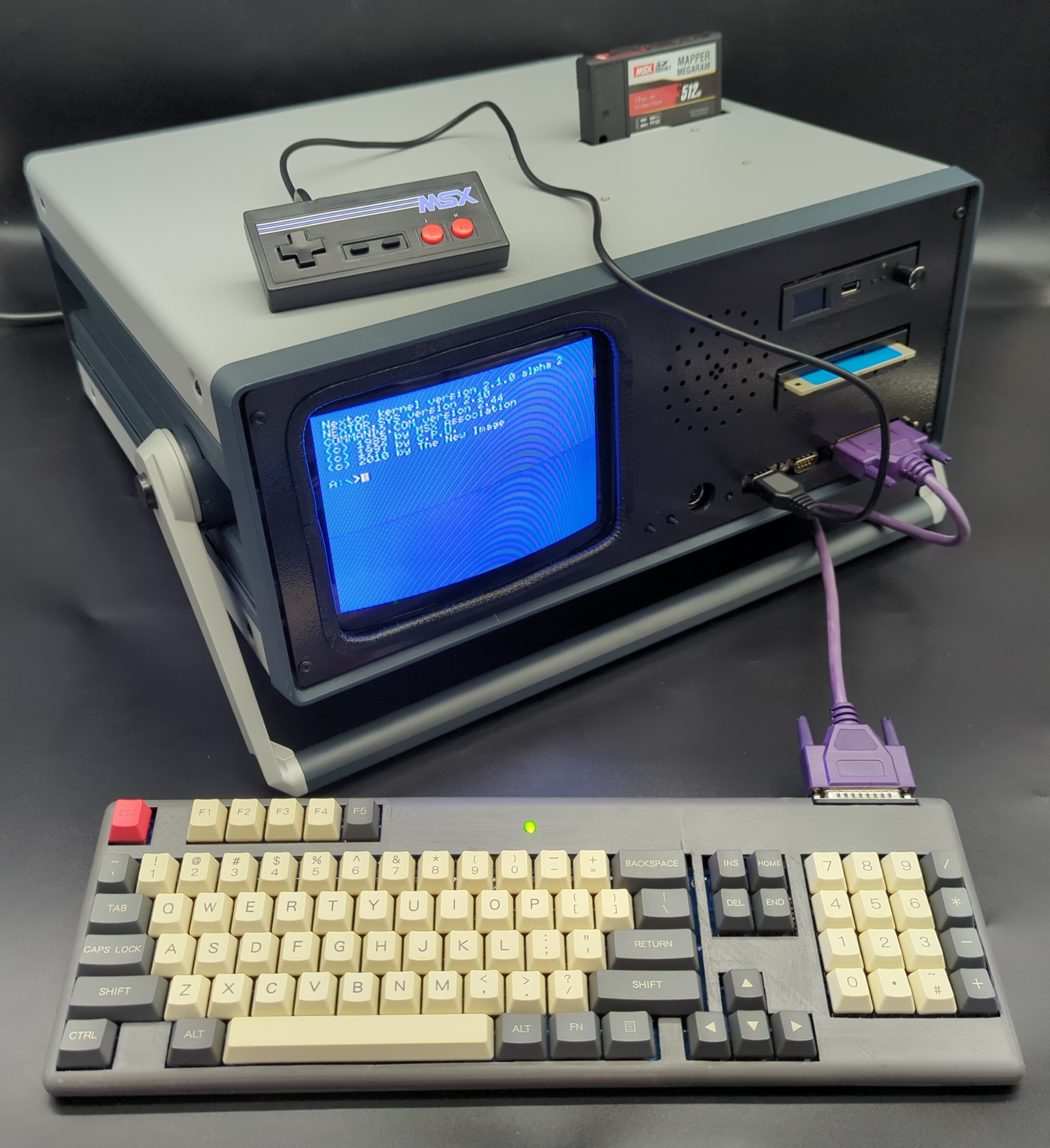 | 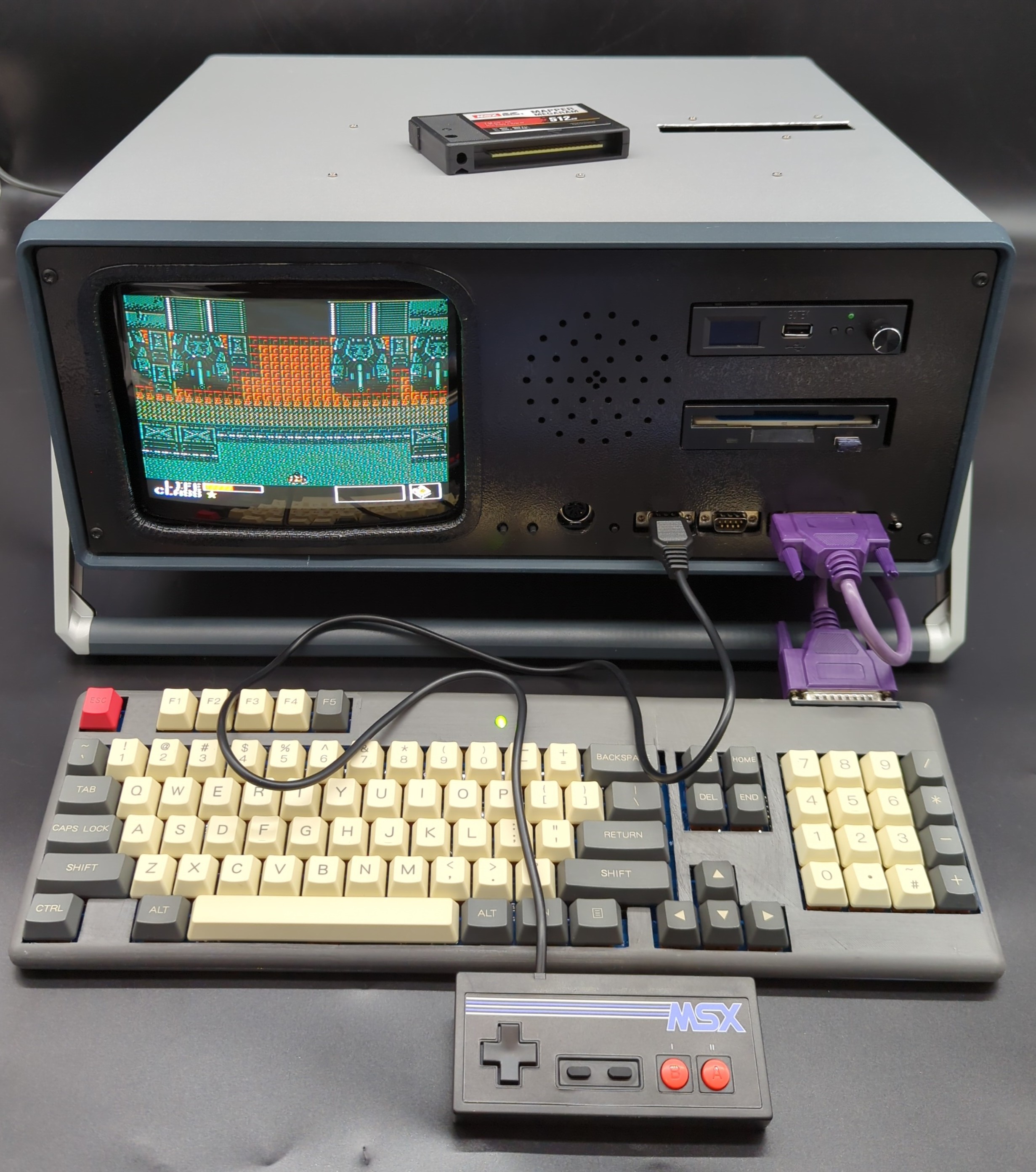 | 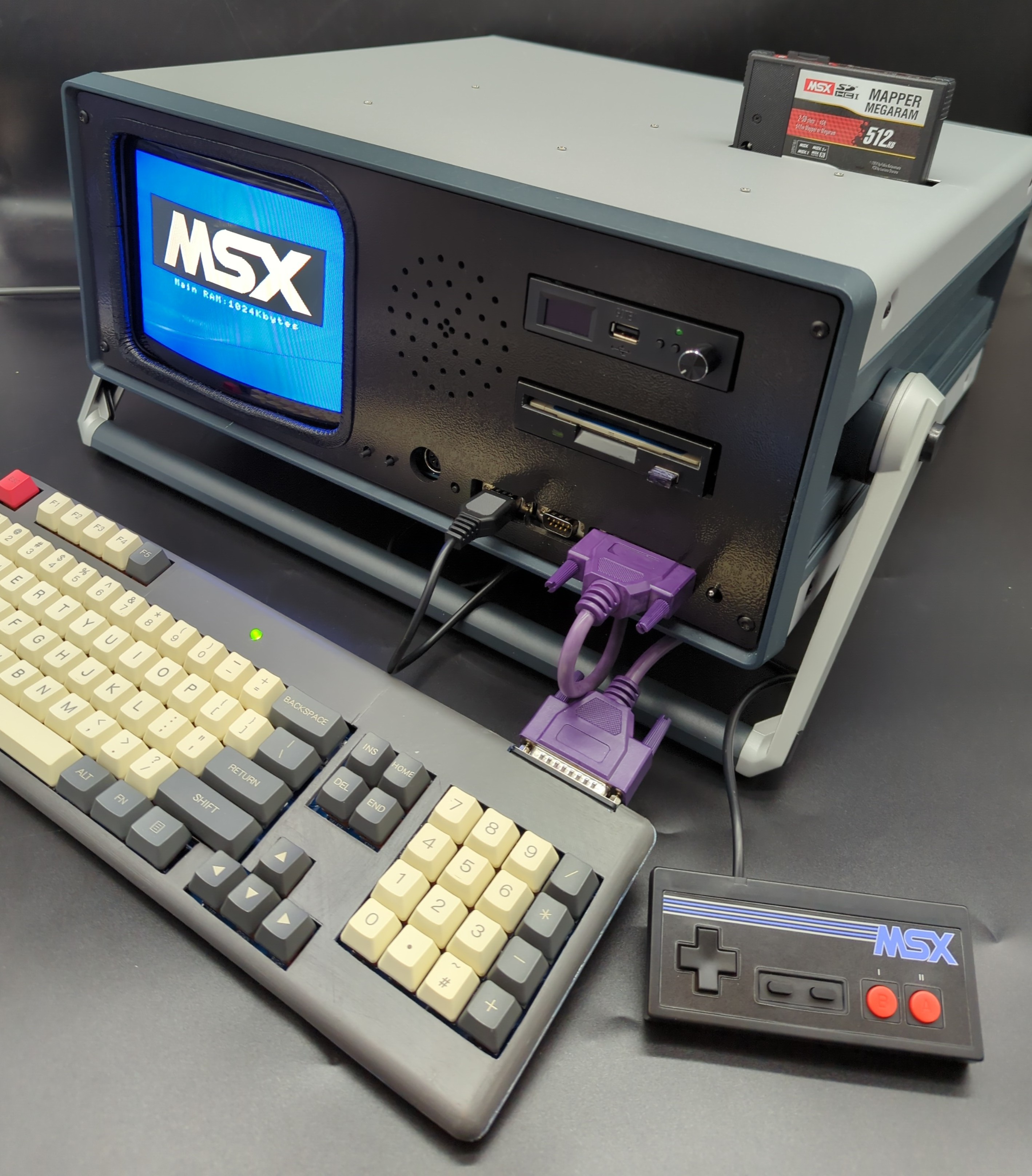 |
 | 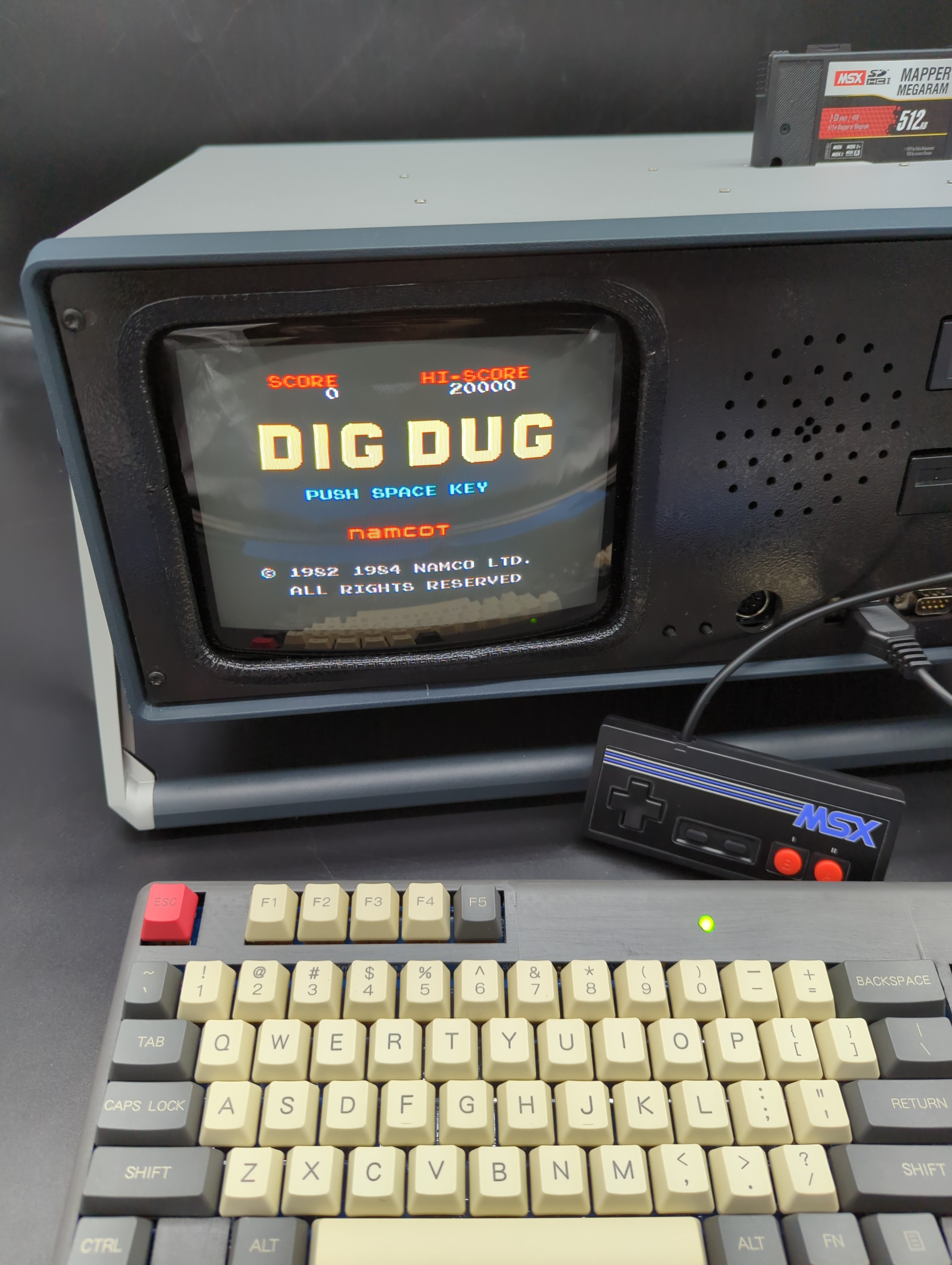 | 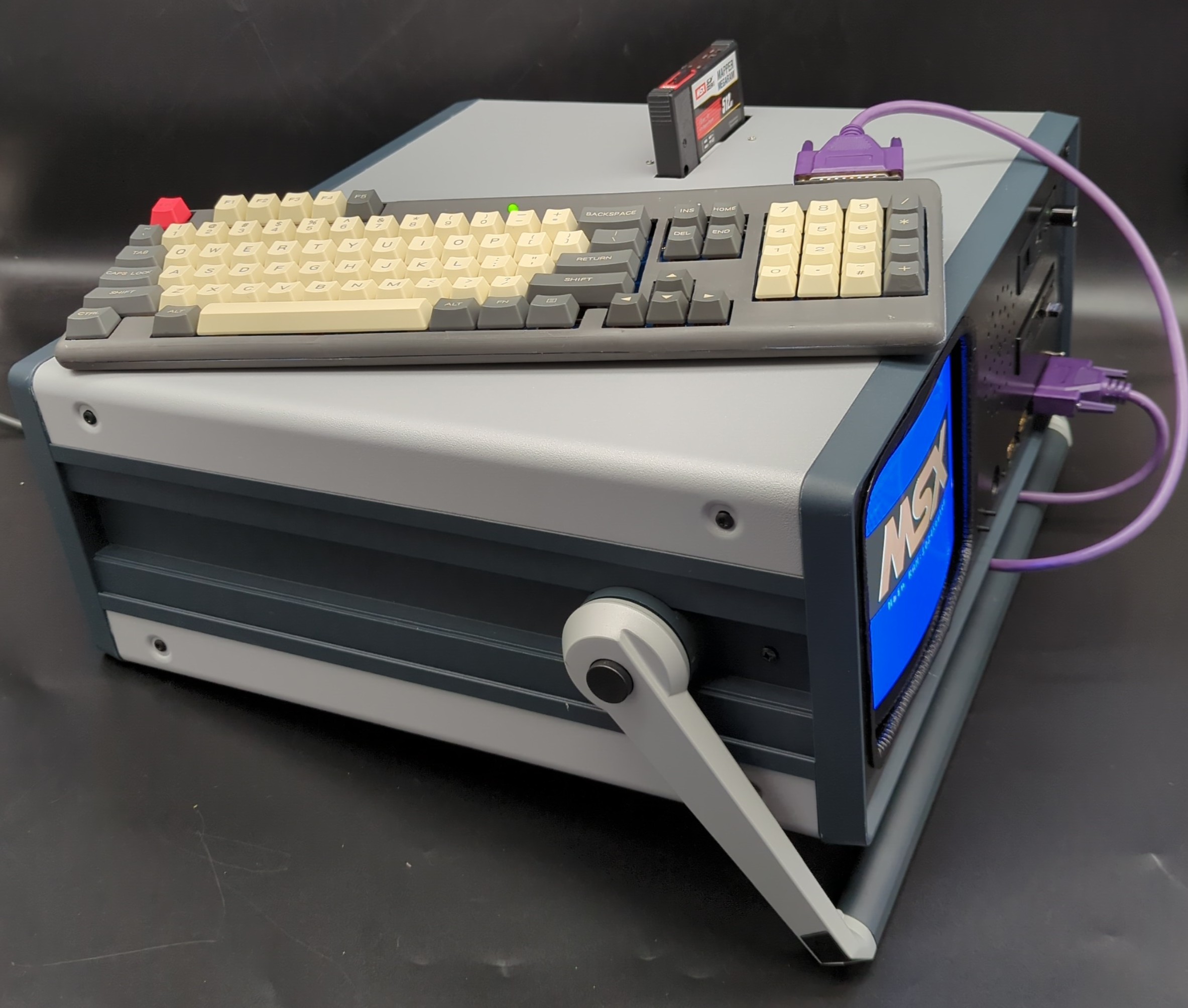 |  |
Why MSX?
This story began a few years ago. See, I've been a programmer for some 25 years now. I've developed mostly business software using high-level languages either on Windows or the Web but I've always had an interest in how computers work deep down in their guts. In all this time I had never put aside the time to learn. Over the past few years I had began collecting some vintage computers and learning more about how they worked. While restoring a couple of late 70's S-100 bus computers, I've learned a lot of bus timing, memory management, and the Z80 CPU. Then COVID hit and I found myself with plenty of free time, so I taught myself x86 assembly. Finally with what I felt was a good enough understanding, I began thinking about designing my own single-board computer. What components would I use? Well I definitely knew I'd want to use the Z80 CPU. I had a TI-99 4/A computer had read about the flexibility and longevity of the Texas Instruments VDP-series video chip. I discovered this video chip and CPU combo was also found in the ColecoVision - one my favorite childhood consoles). For sound, I looked to the Atari ST which I knew was favored among early digital music producers and featured an excellent sound chip, the AY-3-8910 aka YM2149F. In researching all of these components, I was surprised to not only had there already been a computer released with these same chips - but that it was actually a whole computer standard called MSX - and there were dozens of different models produced. I knew I had seen the name "MSX" before while browsing emulator/ROM packs etc but never gave it much thought. As an American, MSX computers never made much of a dent here so I had barely even heard of them. Now I was intrigued, and in my searching learned that someone had recently designed a whole new MSX-compatible computer using mostly original parts called the Omega Home Computer. This project was created by Sergey Kiselev, and he has completed a number of other retro single board computer designs.
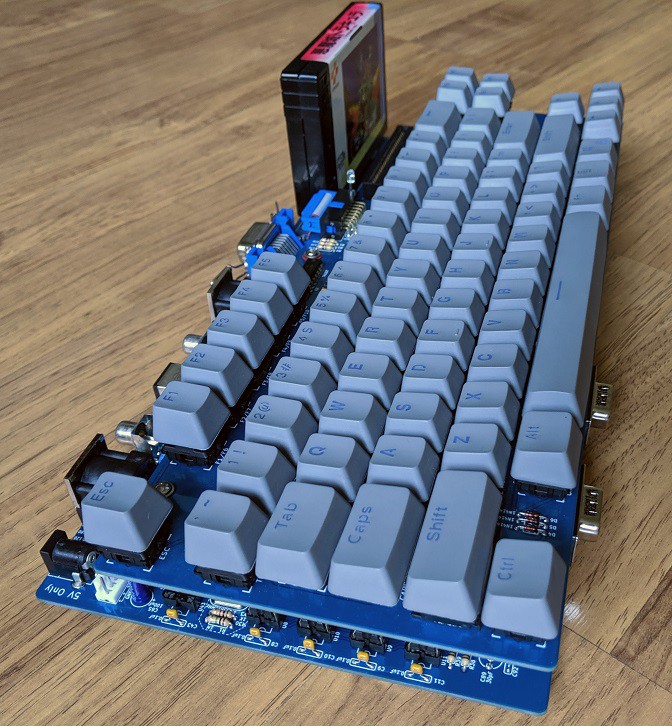 | 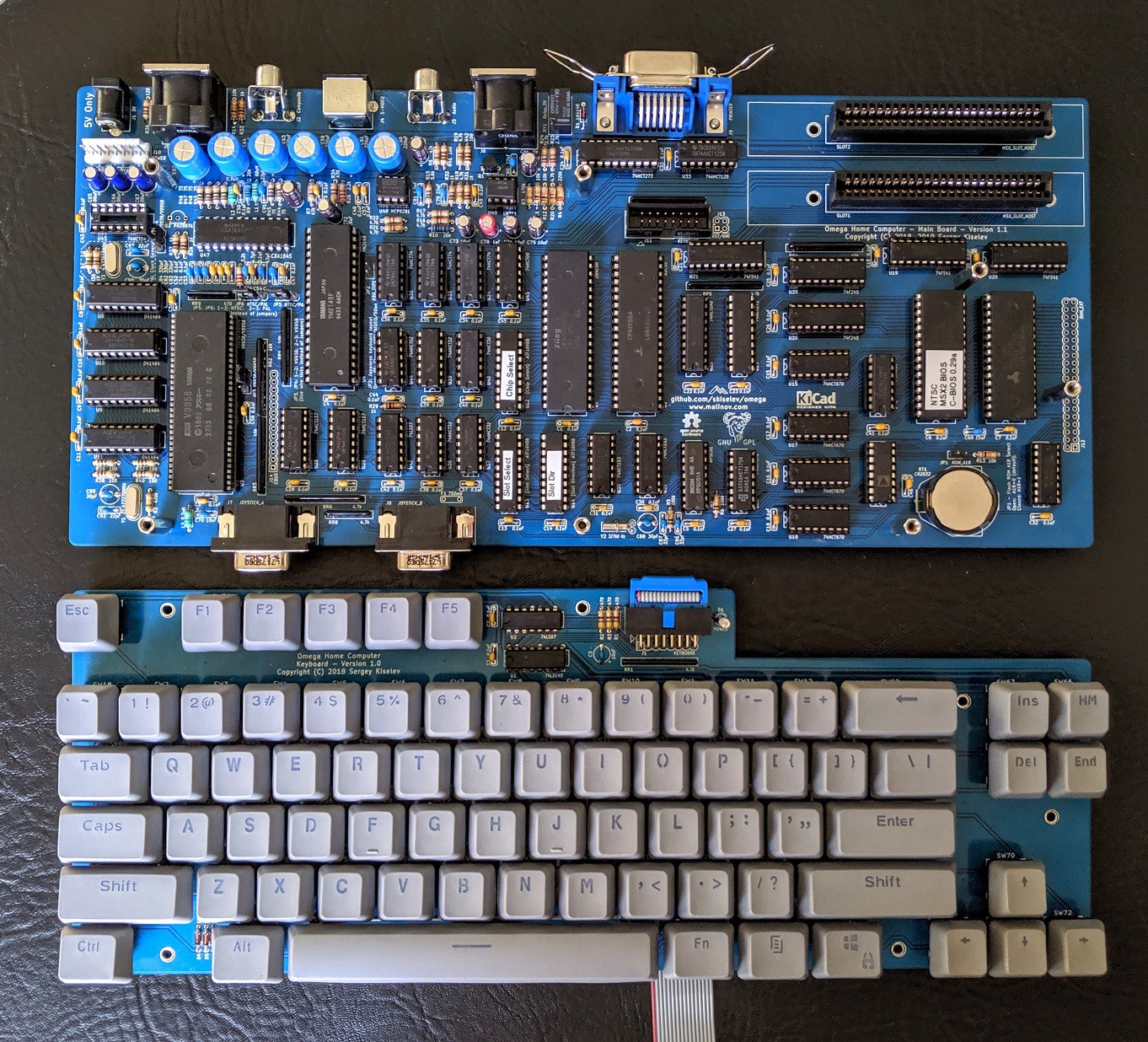 |
The "Plan"
I downloaded the gerber files and ordered the two PCB's from JLCPCB. I know there a number of proto-pcb places around, but I've always had good luck with them and for the price they can't be beat. I ordered all of the passive components from the BOM from Mouser and ordered all the IC's from an eBay kit. However this kit doesn't include the V9958 VDP chip, which I ordered a different eBay listing.
So I got in all the parts and starting thinking about how I wanted the finished computer it to look. There is an acrylic case design and a number of 3D-printed cases available, but I really wanted to make this my own. Most of them are based on the keyboard-computer shared with most of the MSX computers and home computers of the 80's.
Now, I realize the may be sacrilege in some circles, but I have never been a fan of "wedge" style computers. I can't stand how cords seem come out from every direction of the computer, or how there's no good way to place a monitor near the computer.
As impractical as they are from a modern perspective, I have always loved the "luggable" computer form factor. I remember being in awe the first time I saw a Compaq Portable. I also have a Kaypro IV '84 and a Commodore SX-64 in my collection. These were inspiration for my build. I started looking for an enclosure I could use but couldn't find one and the project kind of took a back seat for while.
Compaq Portable II
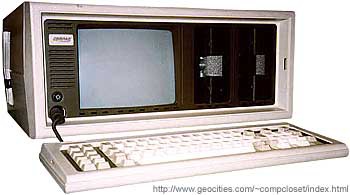 | Commodore SX-64
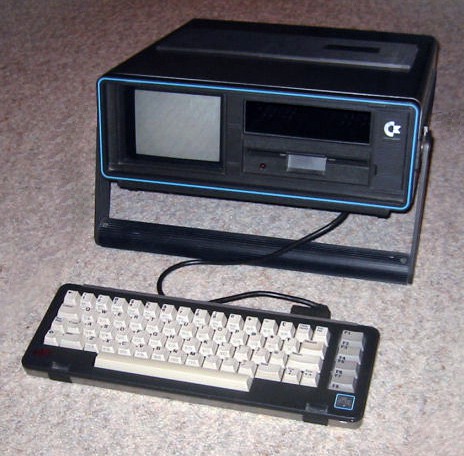 | Kaypro IV
 |
Then last year I attended VCF Midwest. What a cool experience, so much to see - I'm definitely going back. Outside the main show floor is a vendor area with people selling all sorts of vintage computer equipment. There, on the ground tucked under a table I saw this empty enclosure. Even though it didn't have a handle, I thought it would work for my build one way or another. It...
Read more » nullvalue
nullvalue


 Ari
Ari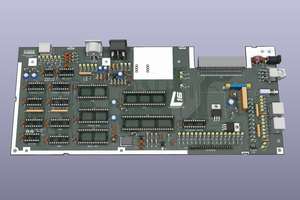
 SukkoPera
SukkoPera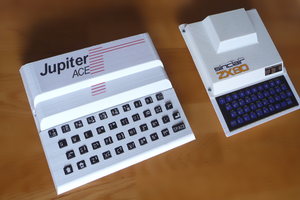
 Cees Meijer
Cees Meijer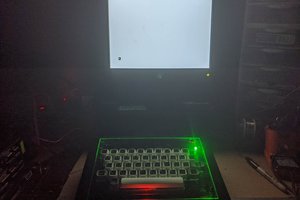
 Dave Collins
Dave Collins
Amazing! I built myself an Omega MSX too, and my mind feverishes with ideas from your design... So, here goes my first question (one of many): I saw you used a DB25-DB25 cable, which has at least 5 feet long. Is there any signal loss, due to the length of the cable? Did you need to boost signal to and from the keyboard? Thanks, Ricardo.